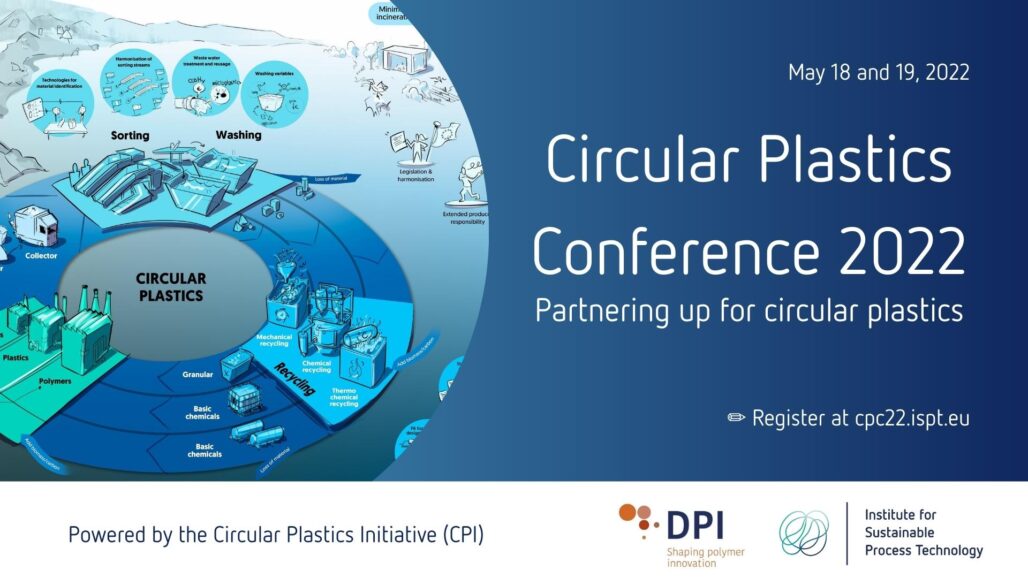One of the ways to achieve more circularity is to redesign plastic products. In addition to the use function, products must also be designed with the recycling function in mind. Ronald Korstanje, Program Director of our Circular Plastics Initiative (CPI): “If you are involved in design, you should also focus on what can ultimately be done with that product in terms of recycling. We need to get rid of the idea that things are just consumer items.”
To produce plastic materials that can be recycled again and again, not only do we need to change a lot in terms of collection and sorting, but we also need to re-examine the design of the materials with respect to chemistry and additives: how do we design products for proper recycling? This requires smart technologies and extensive cooperation within the entire chain.
Design of plastics products: what are the possibilities of (mechanical and chemical) recycling?
According to Korstanje, it would be good for producers and designers to have a wider view of the world than before. “If you are involved in design, you should also focus on what can ultimately be done with that product in terms of recycling. This requires knowledge and cooperation.”
“The fact that you will be working in a circle implies that you will be making connections across that circle. Focusing on design alone is no longer enough. It is necessary to familiarize yourself with the developments in the field of recycling processes. That means making contacts.”
CPI therefore cordially invites everyone who is part of the plastic value chain to participate in the Circular Plastics Conference on May 18 and 19, 2022 in Eindhoven, the Netherlands. There, several sessions will focus entirely on design and the possibilities in the field of (mechanical and chemical) recycling.
The need for knowledge-based design of plastic products
Korstanje: “One of the issues facing producers of plastic goods is the fact that little is known to designers about collection, sorting (mostly additive and dye-based) and the latest developments in that area.”
For example, sorting technologies that allow one to efficiently sort raw materials for mechanical and chemical recycling are now (still) largely determined by newly designed products. Thus, new designs determine what collection and sorting models are needed. This underscores the degree of difficulty: do we start with the chicken or the egg?
Design of plastic products
Therefore, in the (re)design of plastic products, knowledge about additives and dyes plays an important role. These are used in many types of plastics, including packaging and other single-use plastics.
To recycle these products after use, the designer must know the full specification of the additives present. In this way he/she can modify the design, making recycling easier without compromising functionality.
This article is part of a series of 3
- Circular Plastics: how to make it feasible and affordable?
- The need for data monitoring and modelling through mass balance analysis and circularity evaluation
- The need for knowledge-based design of plastic products
Or join our special LinkedIn-page on circular plastics.
Recycling of plastic products
The use of additives and dyes also means that there is a need for new separation principles and technologies. This requires a great deal of research, including in the following areas:
- Which types of additives and dyes hinder mechanical recycling?
- How should we change them to enable efficient separation?
- Which processing techniques are effective?
- How do we remove unwanted odours?
Chemical recycling technologies are also part of the different scenarios, for example solvolysis, depolymerization, pyrolysis and gasification.
Circular Plastics Conference ‘22
“Within the CPI, we are working to support this cohesion and dependence as much as possible,” says Korstanje. “One way we do this is at the Circular Plastics Conference. During CPC ‘22, visitors will be informed about design, but also about recycling technology. “We want to make a good link there, so that eventually people will really take this up in their own company. We aim to inspire and energize, because all of us together can take the necessary steps towards a circular plastics society.”
Join the Circular Plastics Initiative (CPI) to engage with each other and look for the solutions of the future in the field of circular plastics. You are welcome!

